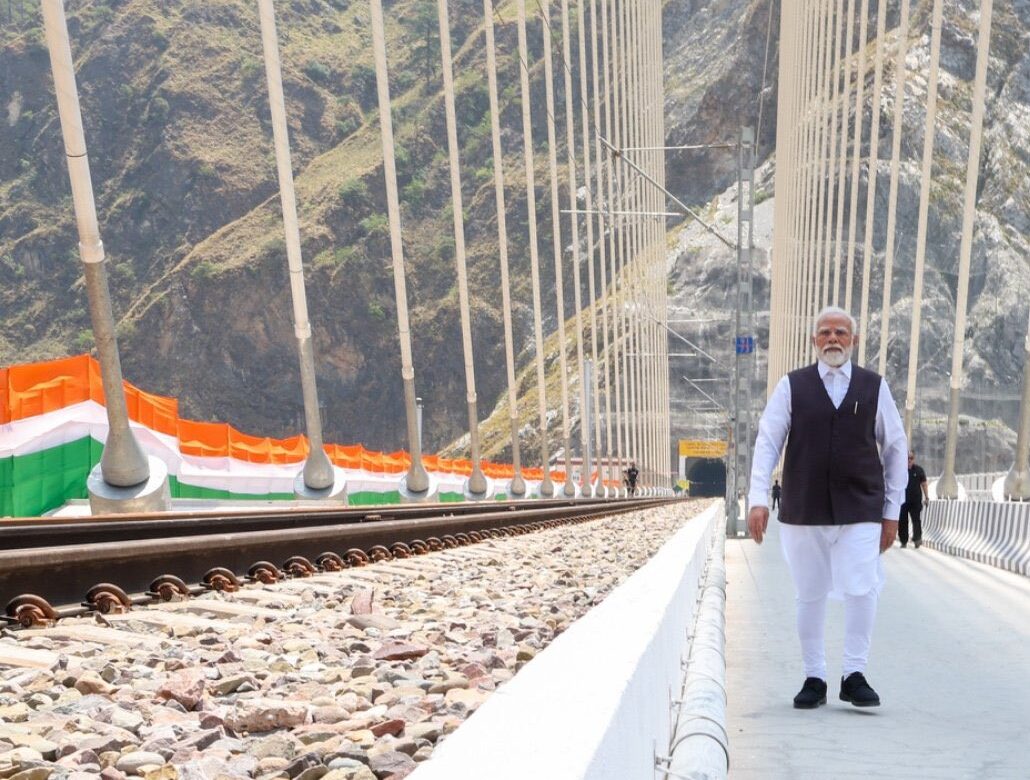June 7,2025
Nestled in the rugged terrain of Jammu and Kashmir, the newly inaugurated Anji Khad Bridge stands as a testament to India’s engineering prowess and its commitment to connecting the remote Kashmir Valley with the rest of the nation. As India’s first cable-stayed railway bridge and a critical component of the Udhampur-Srinagar-Baramulla Rail Link (USBRL) project, this architectural marvel is more than just infrastructure—it’s a lifeline for economic growth, tourism, and strategic connectivity. Completed in September 2023, with a trial run in January 2025 and an anticipated opening in April 2025, Finally the Bridge was inaugurated on June 6, 2025, by Prime minister Narendra Modi. The bridge has overcome formidable challenges to become a global symbol of innovation, earning the Award of Merit in the Bridge/Tunnel category at the ENR Global Best Projects 2024.
The Anji Khad Bridge, spanning the Anji River between Katra and Reasi, is a cornerstone of the USBRL project, aimed at linking the Kashmir Valley to India’s railway network. Stretching 473 meters and soaring 331 meters above the riverbed, its asymmetrical cable-stayed design, supported by a single 193-meter-high pylon and 96 cables, makes it an engineering marvel. Its importance lies in its multifaceted contributions:
The bridge connects Katra and Reasi, enabling seamless rail travel to the Kashmir Valley. Located near the Pakistan border, it strengthens defense logistics and ensures all-weather access, unlike roads often blocked by snowfall. This connectivity is vital for a region historically isolated by geography and geopolitics. By linking remote areas to markets, the bridge is poised to boost trade, tourism, and local economies. It enhances access to the Vaishno Devi shrine, a major pilgrimage site, drawing millions annually. The rail link is expected to reduce travel times, fostering economic integration and regional development.
Designed to withstand wind speeds of 213 km/h, seismic activity in Zone V (India’s highest-risk seismic zone), and even blasts of up to 40 kg of explosives, the bridge is a strategic asset in a sensitive region, ensuring durability and security.
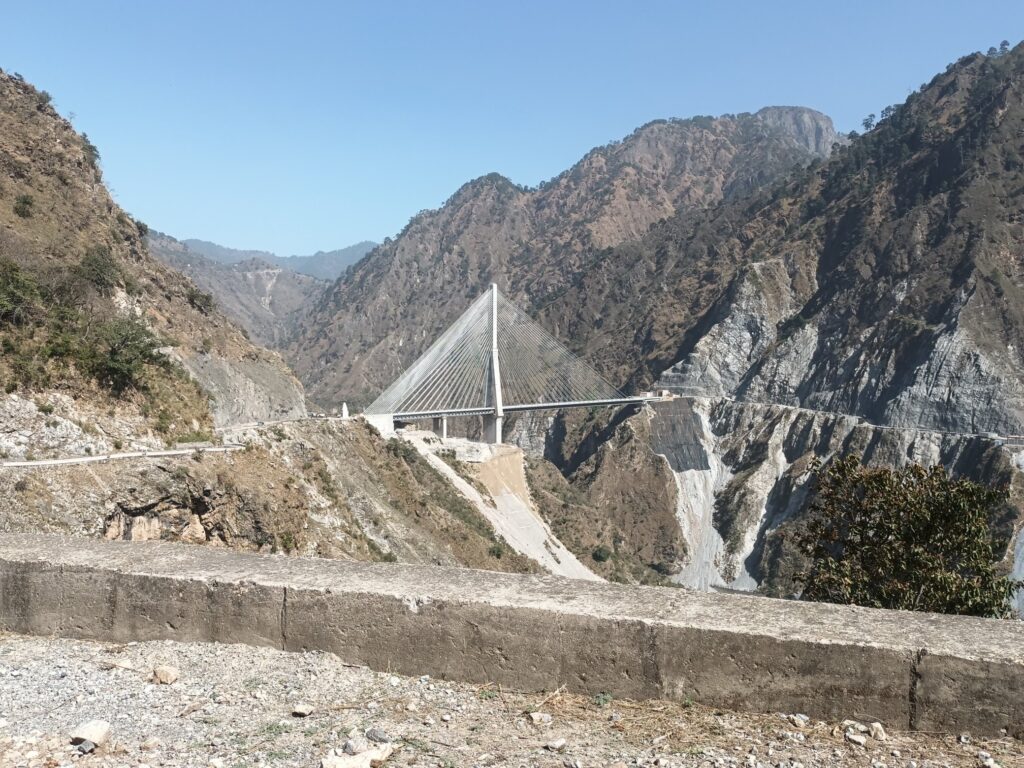
Building the Anji Khad Bridge in the young fold mountains of the Himalayas was an extraordinary feat, marked by geological, logistical, and environmental challenges. Here’s a look at the hurdles overcome:
Complex Geology and Topography
The bridge’s location in a deep gorge with sub-vertical walls, approximately 200 meters deep, posed significant challenges. The Himalayan terrain, characterized by fractured geology, faults, and folds, made foundation work precarious. Initially, an arch bridge was planned, but in 2016, geological instability and steep gorge sides led to the adoption of a cable-stayed design. This asymmetrical structure, with most construction concentrated on the more accessible Reasi side, required meticulous planning and execution.
Seismic Risks
Located in Seismic Zone V, the bridge demanded robust engineering to withstand earthquakes. Experts from IIT Roorkee and IIT Delhi conducted site-specific seismic studies, and the structure was equipped with sensors to monitor its behavior during tremors. The hybrid foundation stabilized the fragile mountain slopes, ensuring long-term safety.
Extreme Weather
The bridge had to endure wind speeds up to 213 km/h and harsh Himalayan weather. Construction teams faced logistical nightmares, including limited site access and the need to transport water via pipes from the river. On-site workshops and locally generated electricity were critical to sustaining operations in this remote location.
Engineering and Logistical Feats
The construction of the 331-meter-high pylon and the installation of 96 cables (ranging from 82 to 295 meters) required advanced technology. A 40-tonne tower crane imported from Spain and the DOKA Jump Form Shuttering system accelerated pylon construction by 30%. Prefabrication techniques, such as welding stay-cable bearing plates in workshops, enhanced safety and efficiency. The project used 8,200 metric tonnes of structural steel, blending Indian and European engineering standards, with international firms like COWI (UK) and ITALFERR (Italy) ensuring global compliance.
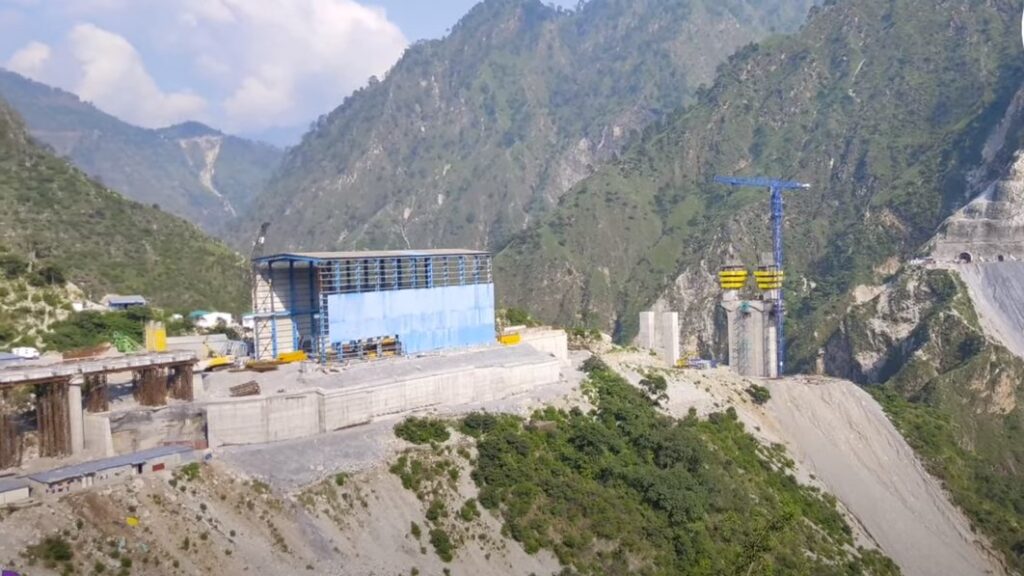
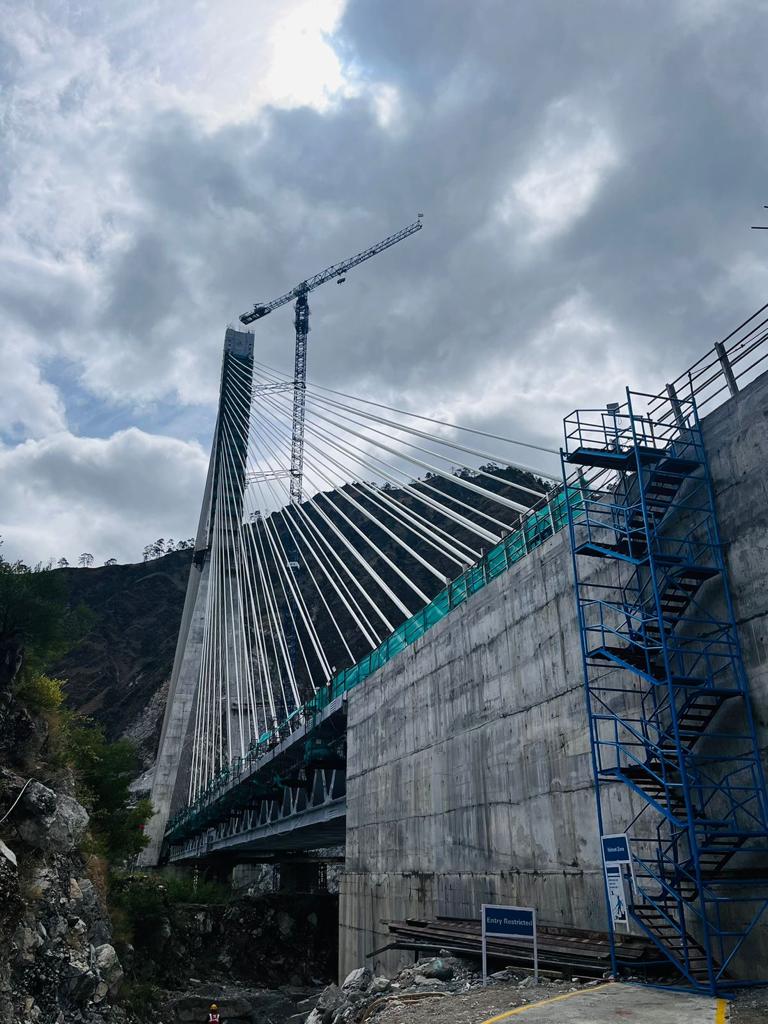
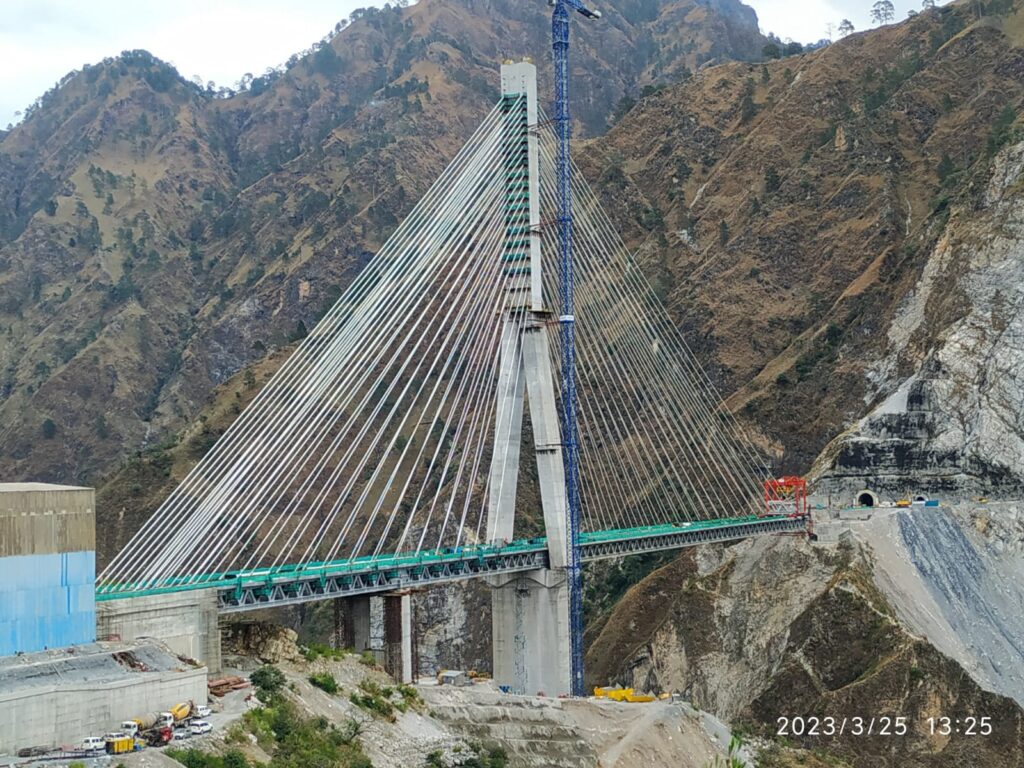
Security in a Conflict Zone
Situated in a geopolitically sensitive area, the bridge required blast-proofing and heightened security measures during construction. The remote location further complicated logistics, with materials and equipment needing to be transported to a site with minimal connectivity.
Project Delays
The project faced multiple setbacks, missing deadlines in 2017 and 2022 due to the terrain’s complexity and logistical constraints. Construction began in March 2017, and despite these challenges, the bridge was completed in September 2023, a remarkable achievement given the circumstances.
The Anji Khad Bridge is more than a railway crossing; it’s a symbol of India’s determination to overcome nature’s challenges and connect its people. By blending cutting-edge technology with strategic vision, the bridge addresses the unique demands of the Himalayan region while setting a benchmark for future projects. Its completion marks a new era for Jammu and Kashmir, promising economic growth, enhanced tourism, and stronger national integration.

